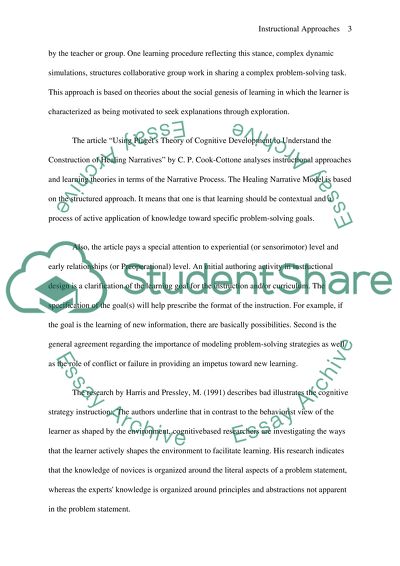Cite this document
(The Nature of Cognitive Strategy Instruction Essay, n.d.)
The Nature of Cognitive Strategy Instruction Essay. Retrieved from https://studentshare.org/social-science/1512615-instructional-approaches
The Nature of Cognitive Strategy Instruction Essay. Retrieved from https://studentshare.org/social-science/1512615-instructional-approaches
(The Nature of Cognitive Strategy Instruction Essay)
The Nature of Cognitive Strategy Instruction Essay. https://studentshare.org/social-science/1512615-instructional-approaches.
The Nature of Cognitive Strategy Instruction Essay. https://studentshare.org/social-science/1512615-instructional-approaches.
“The Nature of Cognitive Strategy Instruction Essay”, n.d. https://studentshare.org/social-science/1512615-instructional-approaches.


